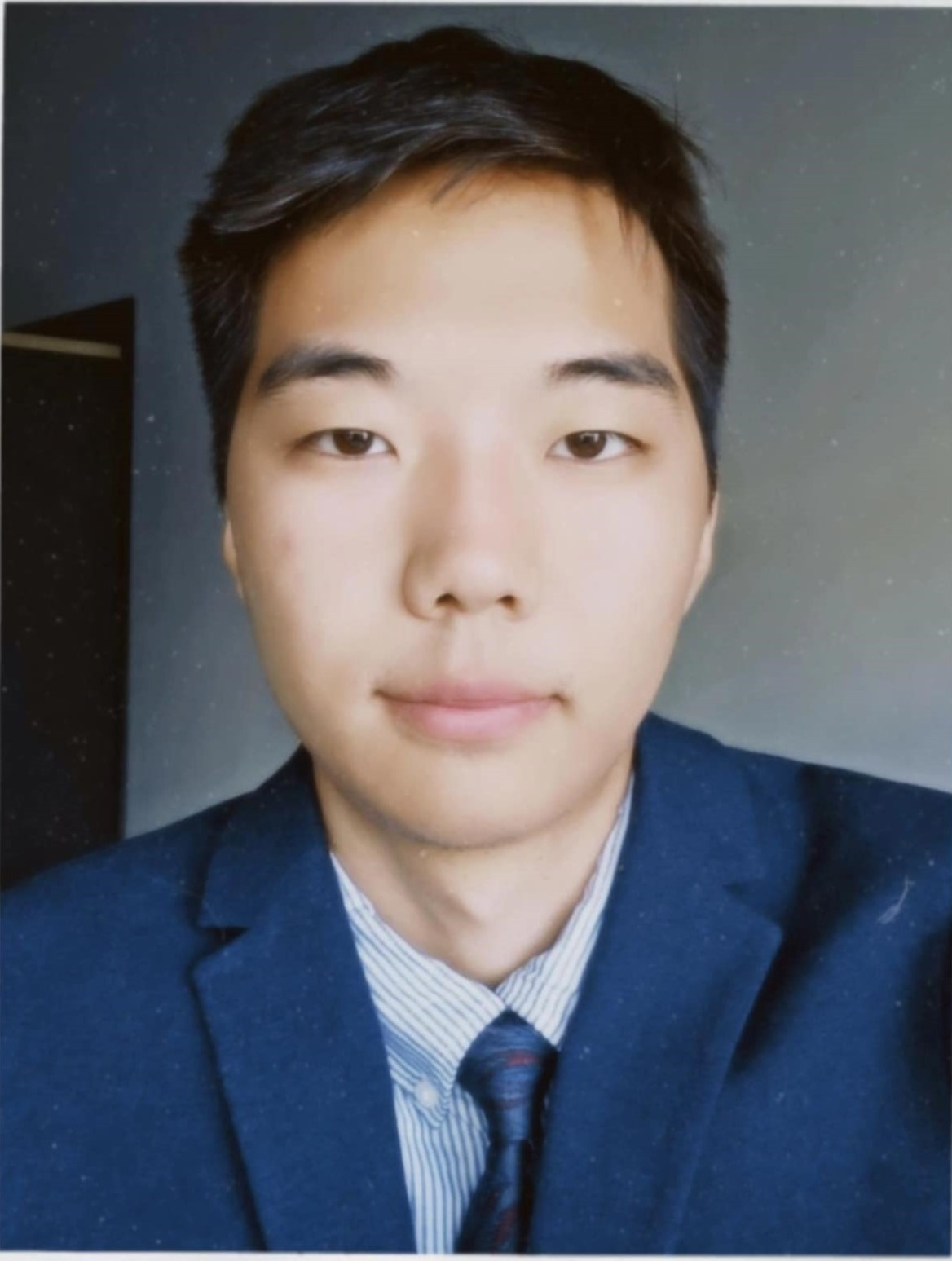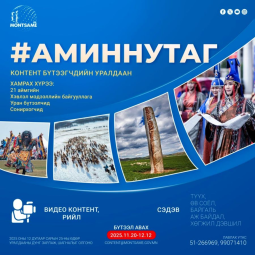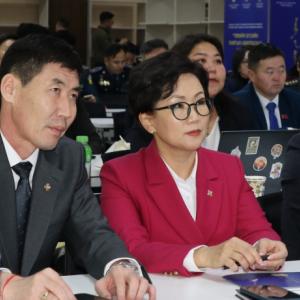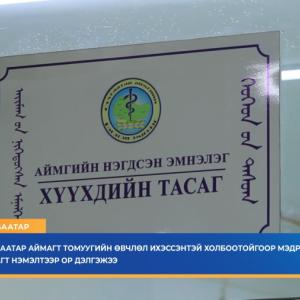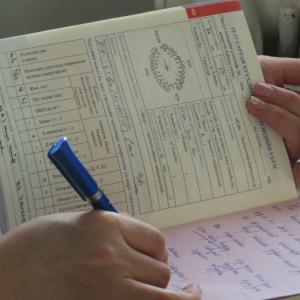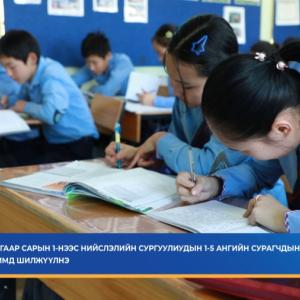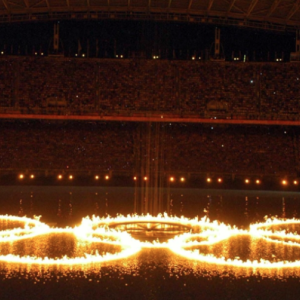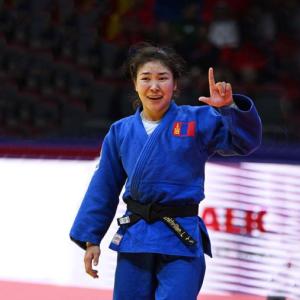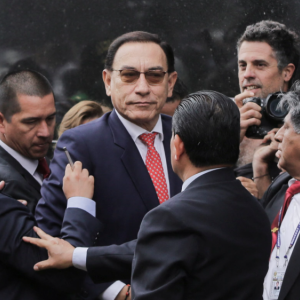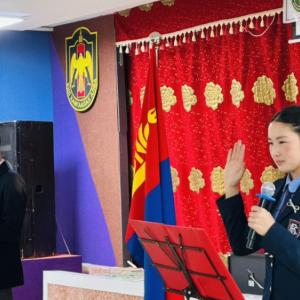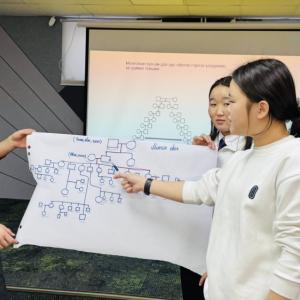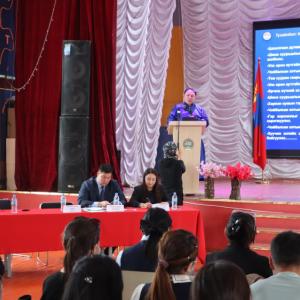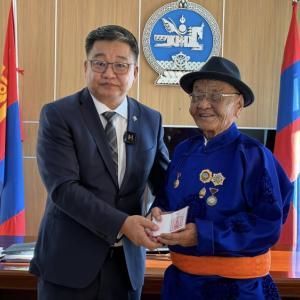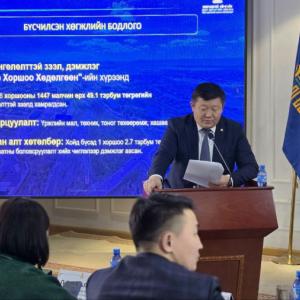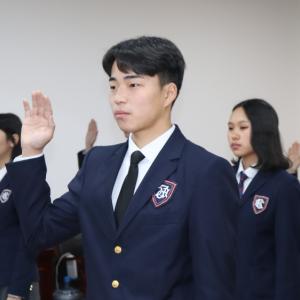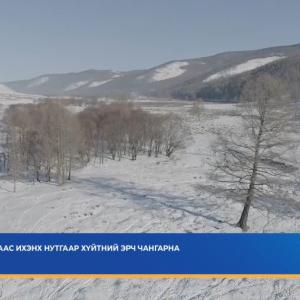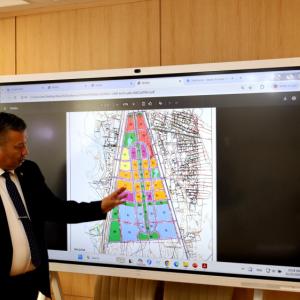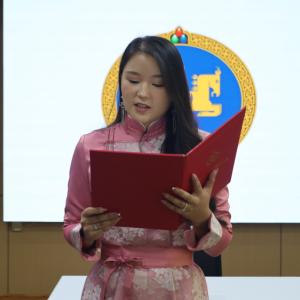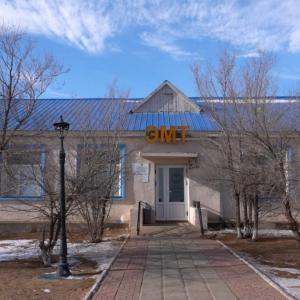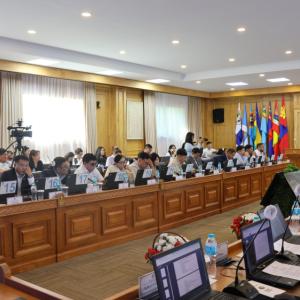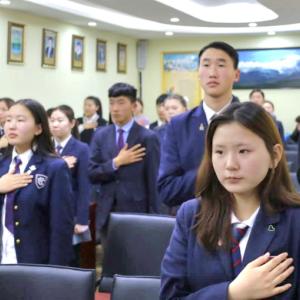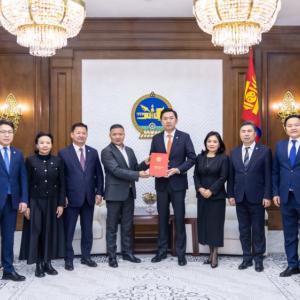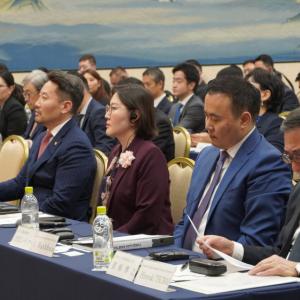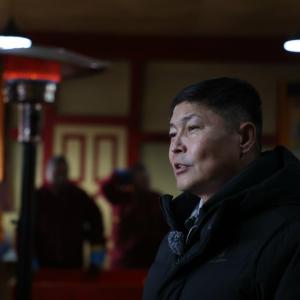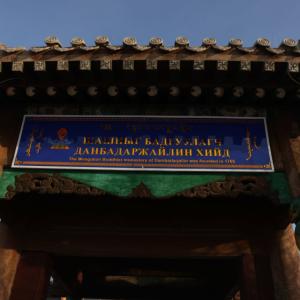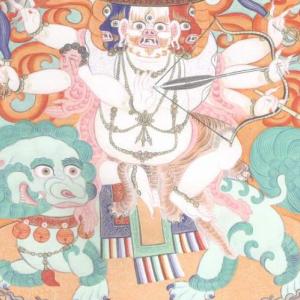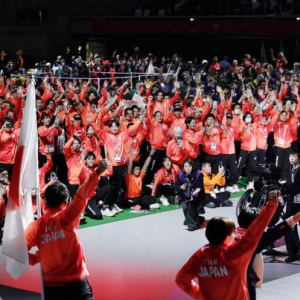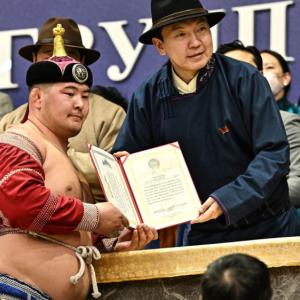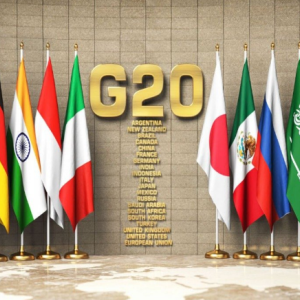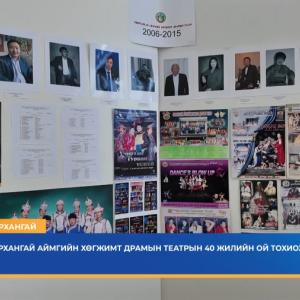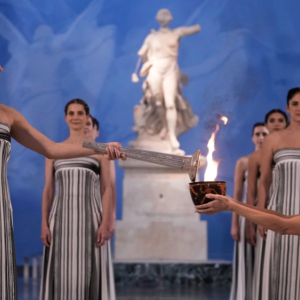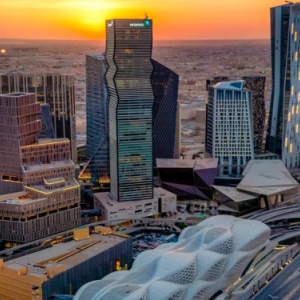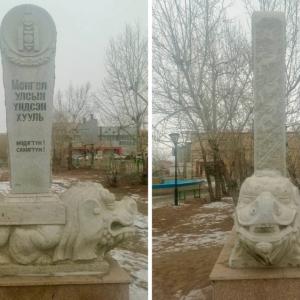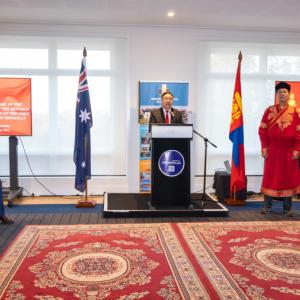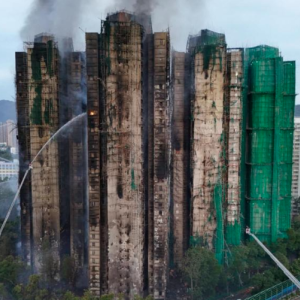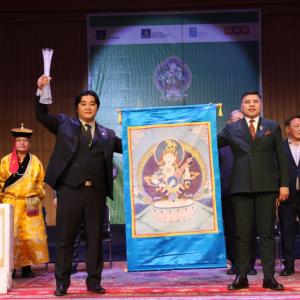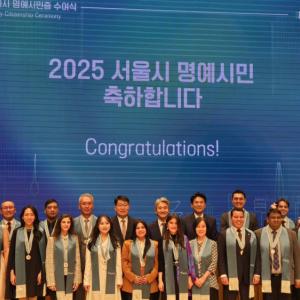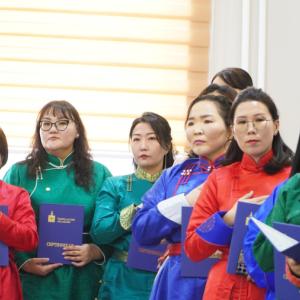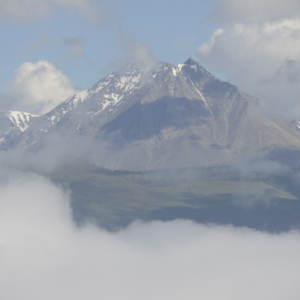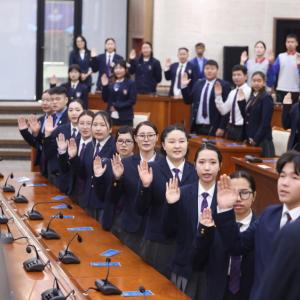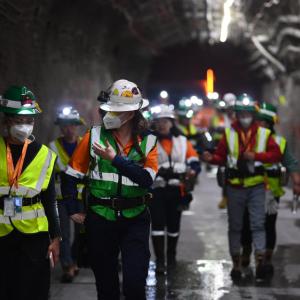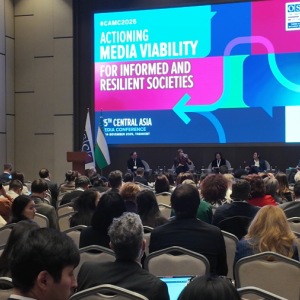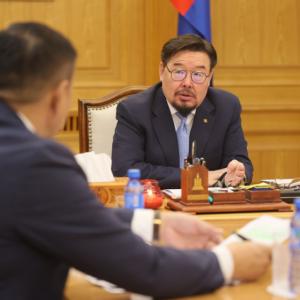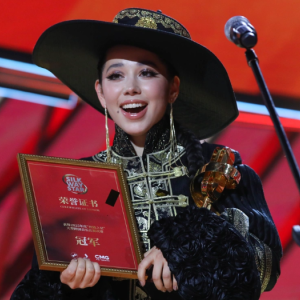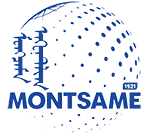“Chinggis Khaan, The Great Reverent” Special Exhibition Opens
Art & Culture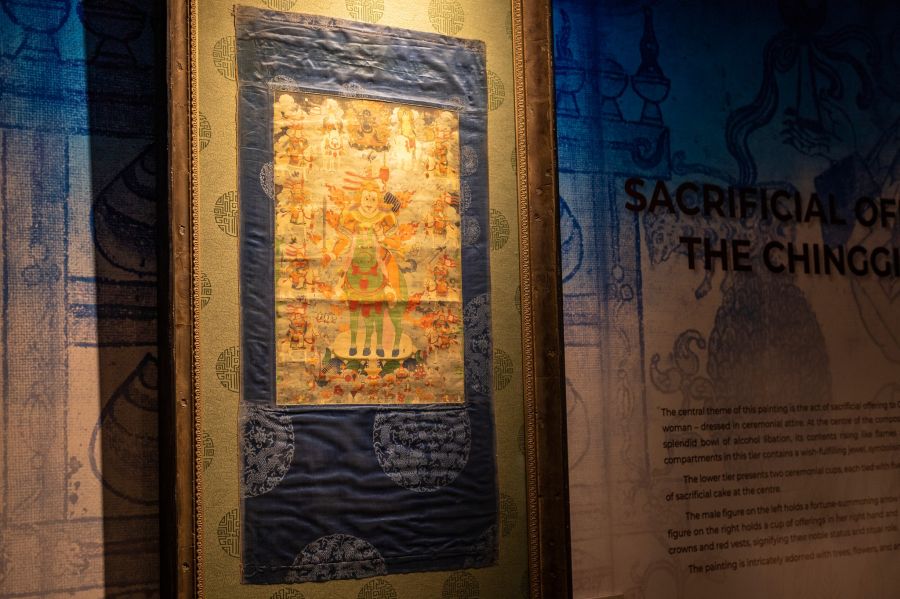
Ulaanbaatar, August 11, 2025 /MONTSAME/. The Special Exhibition titled “Chinggis Khaan, The Great Reverent,” jointly organized by the “Chinggis Khaan” National Museum of Mongolia, the Talyn Yazguurtan San, and the Chinggis Khaan Heritage and Culture Institute, went on display on August 8, 2025, and will run for one month in the temporary exhibition hall on the ninth floor of the “Chinggis Khaan” National Museum of Mongolia.
Since ancient times, Mongolians have worshipped Chinggis Khaan, the founder of the Mongol Empire, performing special rites and offerings in his honor. This Exhibition presents ritual implements, depictions, and historical manuscripts related to this tradition.
The Exhibition features 28 artefacts from the “Chinggis Khaan” National Museum of Mongolia’s collection, as well as 29 rare and valuable artefacts created between the 18th and 20th centuries, preserved in the private collection of B. Amarsanaa and displayed publicly for the first time.
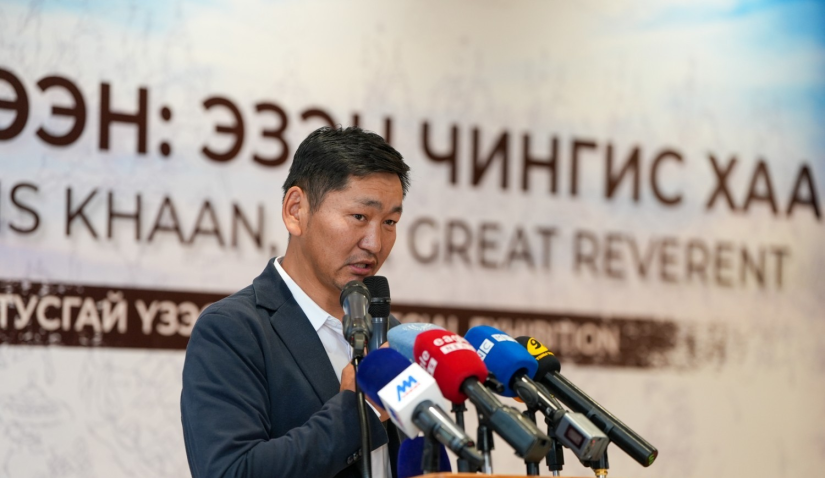
At the opening of the Exhibition, Head of the Centre for Research and Collection Management at the “Chinggis Khaan” National Museum of Mongolia, Byambaragchaa Ganbold, noted,“ Mongolians have long revered and worshipped the Great Chinggis Khaan, founder of the Mongol Empire. In particular, the Great Chinggis Khaan has been depicted as the deity Ochirvaani, embodying the essence of all gods’ power, and as the “War God” Drala (dgra lha). Rituals and scripture readings were conducted annually on specific dates dedicated to these representations. This Exhibition displays numerous artifacts depicting ritual implements and historical manuscripts that illustrate how the Great Chinggis Khaan has been revered throughout history. For example, there is a "World Scripture" which prescribes the proper ways to worship and revere the Great Chinggis Khaan. Additionally, Thangkas (traditional Buddhist scroll paintings) preserved in temples of the Tusheet Khan aimag — the main aimag of Khalkha Mongols during the Qing dynasty period — are exhibited. ”
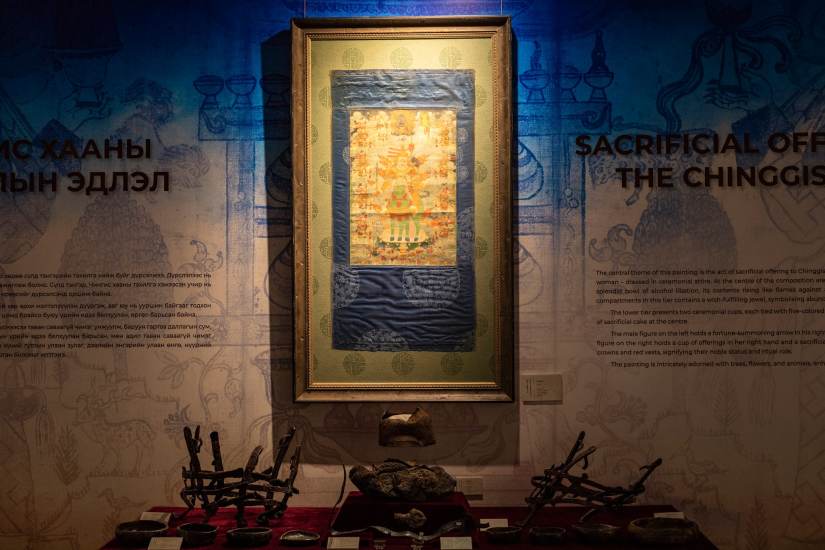
While the sacred portraits of the Great Chinggis Khaan generally share similar depictions, the most distinctive is “The Great Reverent of Great Chinggis Khaan as the War God.” At the top of this portrait is Ochirvaani, seated on a white cloud beneath the blue sky, surrounded by eight guardian spirits and accompanying divine beings. The ritual section portrays shamans playing traditional musical instruments such as the shaman’s dun, trumpet (buree), drum (bumbur), and bell (tsan), producing sacred sounds. To the left and right stand powerful animals, including five snouts (representing the five main types of livestock in Mongolia: horse, camel, cow, sheep, and goat), a lion, an elephant, tigers, and leopards. The altar base is adorned with a complete and flawless set of warrior armor, helmets, weapons, ceremonial utensils, and offerings of food and drink. The general meaning of the depicted rituals is the preparation of perfect ritual implements, filling the air with fragrant incense and aromatic smoke, chanting clear and resonant invocations, summoning and honoring guardian spirits and divine beings, receiving blessings and grace, and symbolizing harmonious unity of the physical and spiritual worlds as well as the perfection of social order.
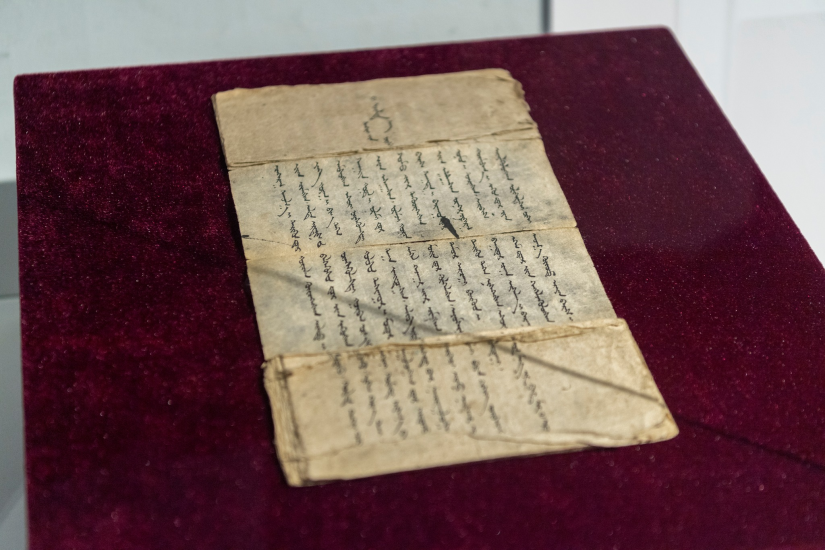
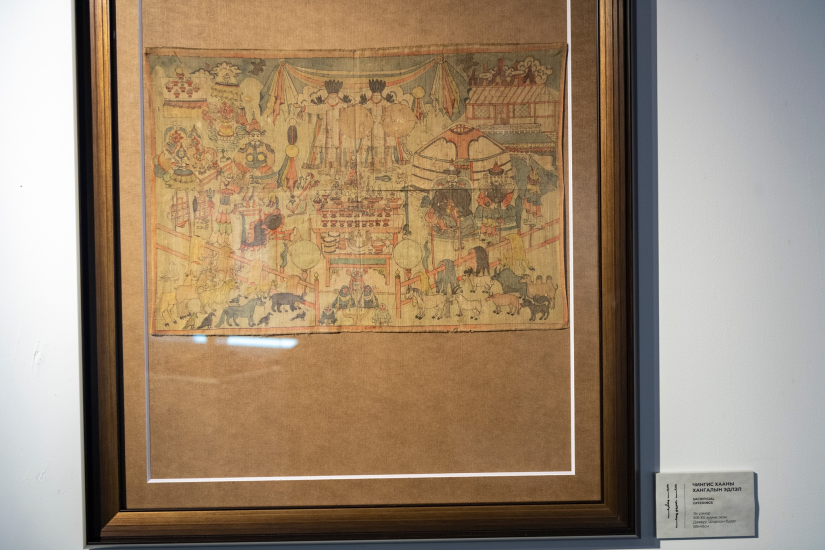
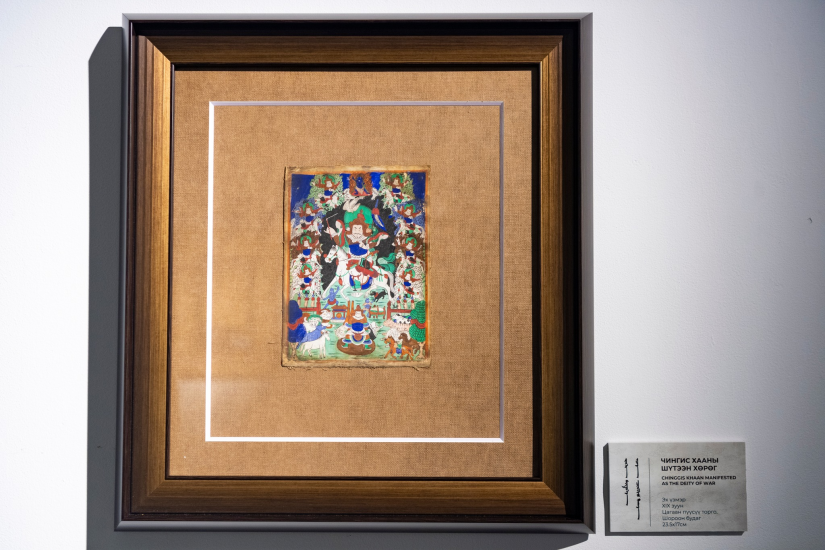
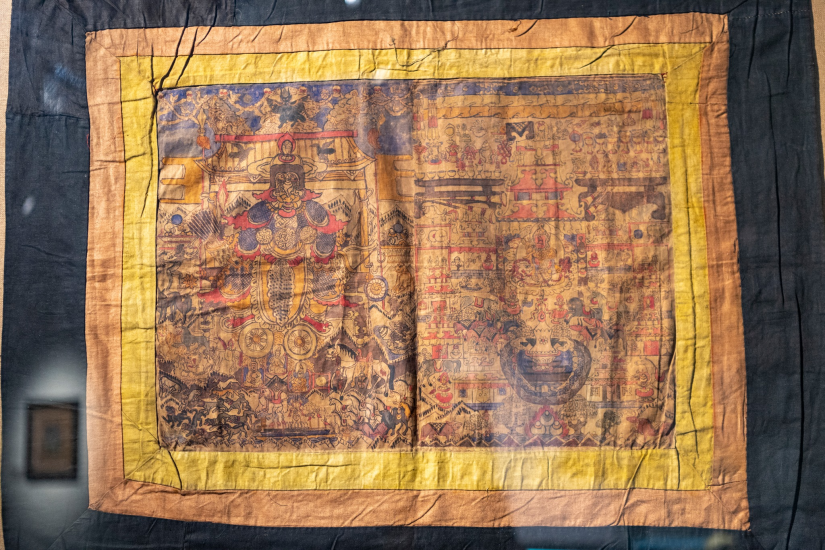
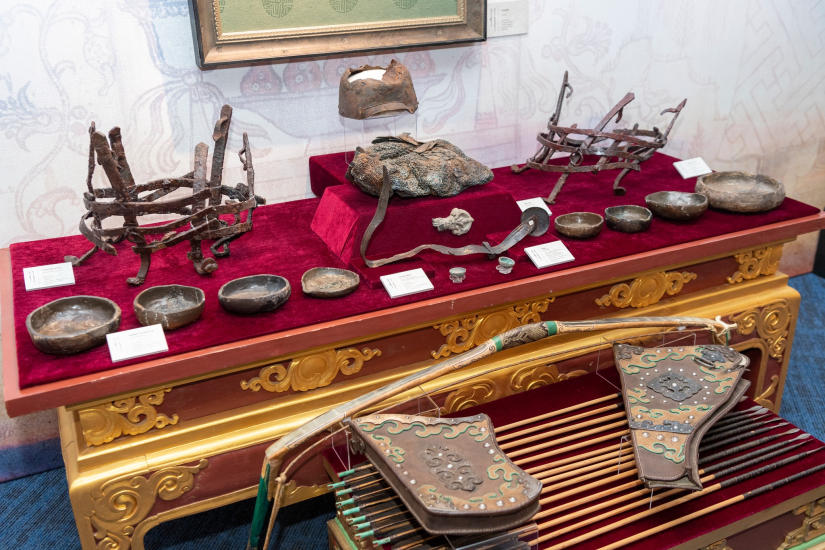
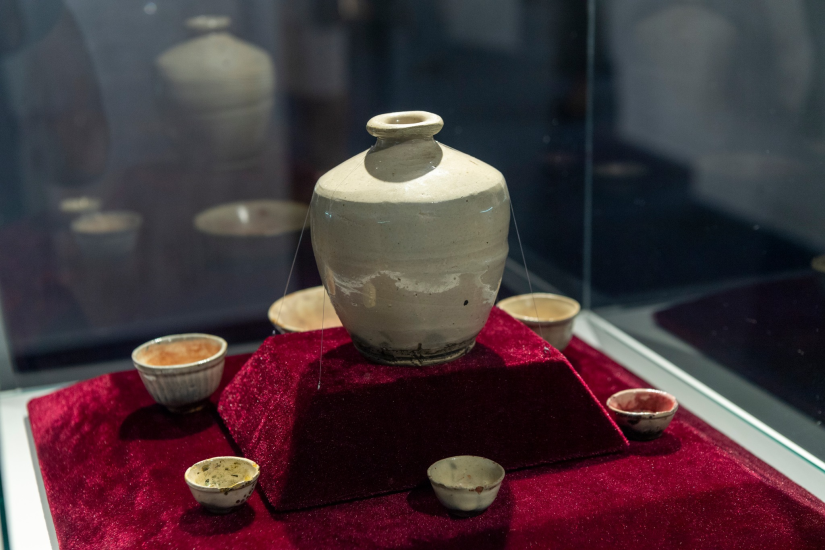
 Улаанбаатар
Улаанбаатар





